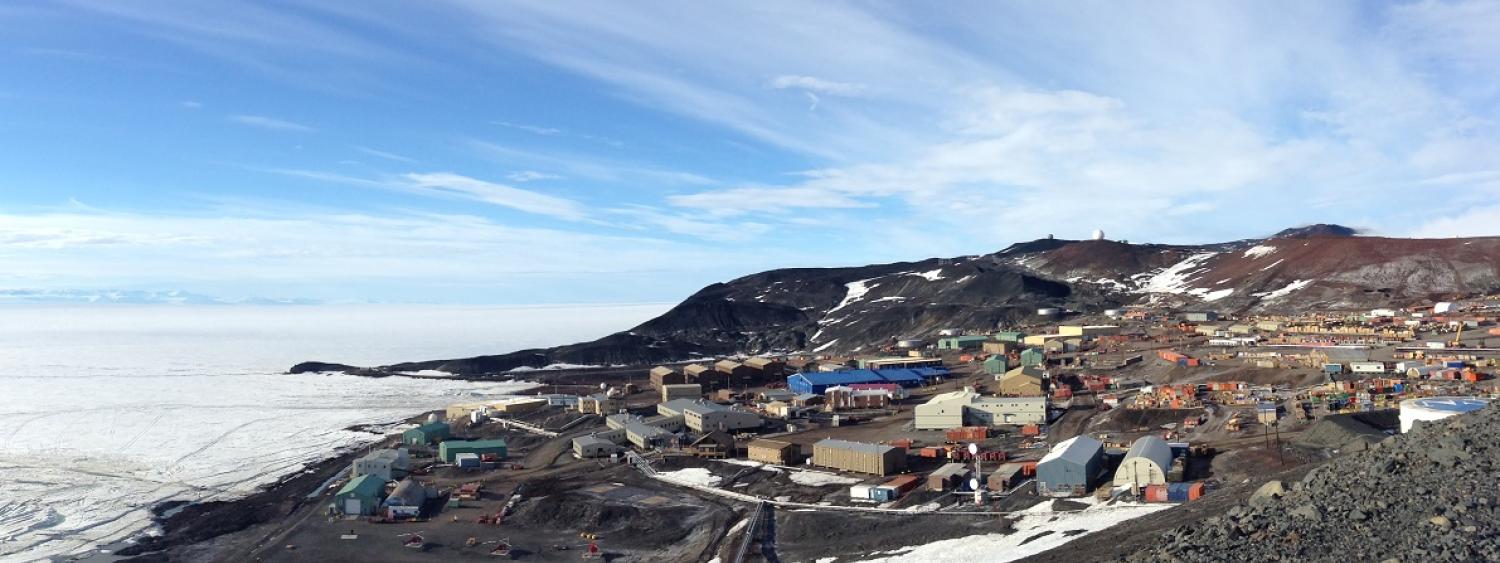Seeing both his parents work as electrical engineers, Ian Barry did not think that the “cubicle” lifestyle was for him. What he loved was science – anatomy, physiology, understanding the big picture connections between natural phenomena.
Arriving at CU Boulder as a freshman, Ian encountered an advisor that stressed the similarities between the systems aspects of engineering and the systems understanding of science that he loved. He figured he would give engineering a shot, and the Gateway to Space freshman course sealed the deal. To Ian, Gateway to Space "set aerospace apart from other engineering possibilities.” Joining Colorado Space Grant Consortium, Ian was inspired by the application and intellectual challenge of the work: “The whole time I felt like I was learning a lot, getting involved in something that was [societally] useful, and doing really interesting theoretical work.”
Now a PhD candidate, Ian has stayed true to his love of science and understanding natural systems. A member of Professor Xinzhao Chu’s research group, Ian is conducting experiments aimed at understanding the atmosphere. The location of his field research? Antarctica. Using Lidar technology, Ian studies atmospheric “eddy flux”, atmospheric transport of heat energy and constituents by small-scale turbulence. Ian has already spent time in Antarctica during its summer months.
Though originally uncomfortable with the idea of spending a summer in a cold, barren wasteland, Ian grew to appreciate Antarctica’s beauty: “You wouldn’t think the nature [in Antarctica] would be beautiful because it’s mostly dirt and snow, but it is.” Ian was also pleasantly surprised by the openness and intellectual vibrancy of the scientific community at McMurdo Station, the island location of his research.
Ian is preparing to return to McMurdo station this September, where he will be staying to continue his research for 13 months.
-Written By: Ari Sandberg, Intern

